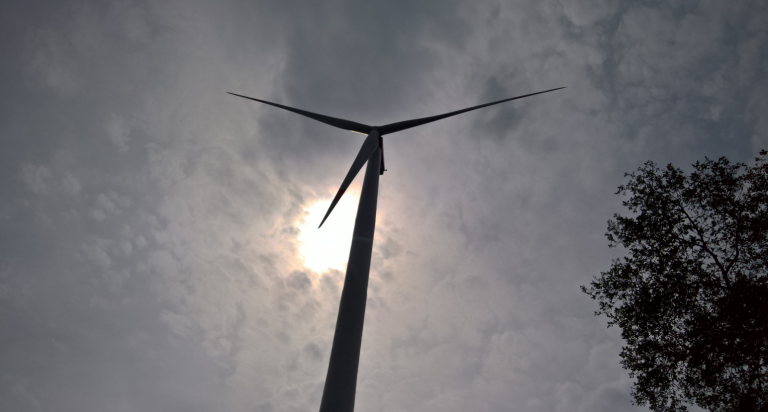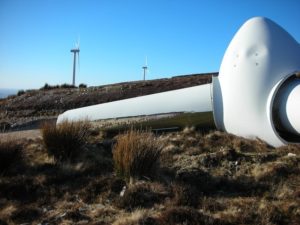by L. Balzer, Nov 9, 2023 in ClimateChangeDispatch
We’ve been told repeatedly by the media that electricity produced by renewables is clean, essentially free energy, better for the environment than traditional sources such as coal and natural gas.
But is that true? Maybe we should look at the facts.
Wind turbines injure, maim, and kill hundreds of thousands of birds and bats each year in clear violation of federal law.
The Golden Gate Audubon Society in California reported that the wind farm at Altamont was killing about 10,000 birds, including over 1,100 birds of prey, each year.
Strangely, wind farm enthusiasts ignore the numbers and types of birds killed by wind turbines, even those who call themselves “environmentalists”.
Offshore wind turbines have similar impacts on marine birds, and, according to the Union of Concerned Scientists, offshore wind farms also impact fish and other marine wildlife.
Currently, the construction of an offshore wind farm about 15 miles off the coast of Massachusetts is underway. The foundation pieces for the huge wind turbines, called monopiles, are being driven into the seafloor by pile drivers.
Pile-driving noise can deafen, injure, or even kill marine mammals. At least fourteen dying humpback whaleswere recently washed up on beaches in this area. The people building these projects are fully aware of the damage to marine life that they are causing and will cause.
…









